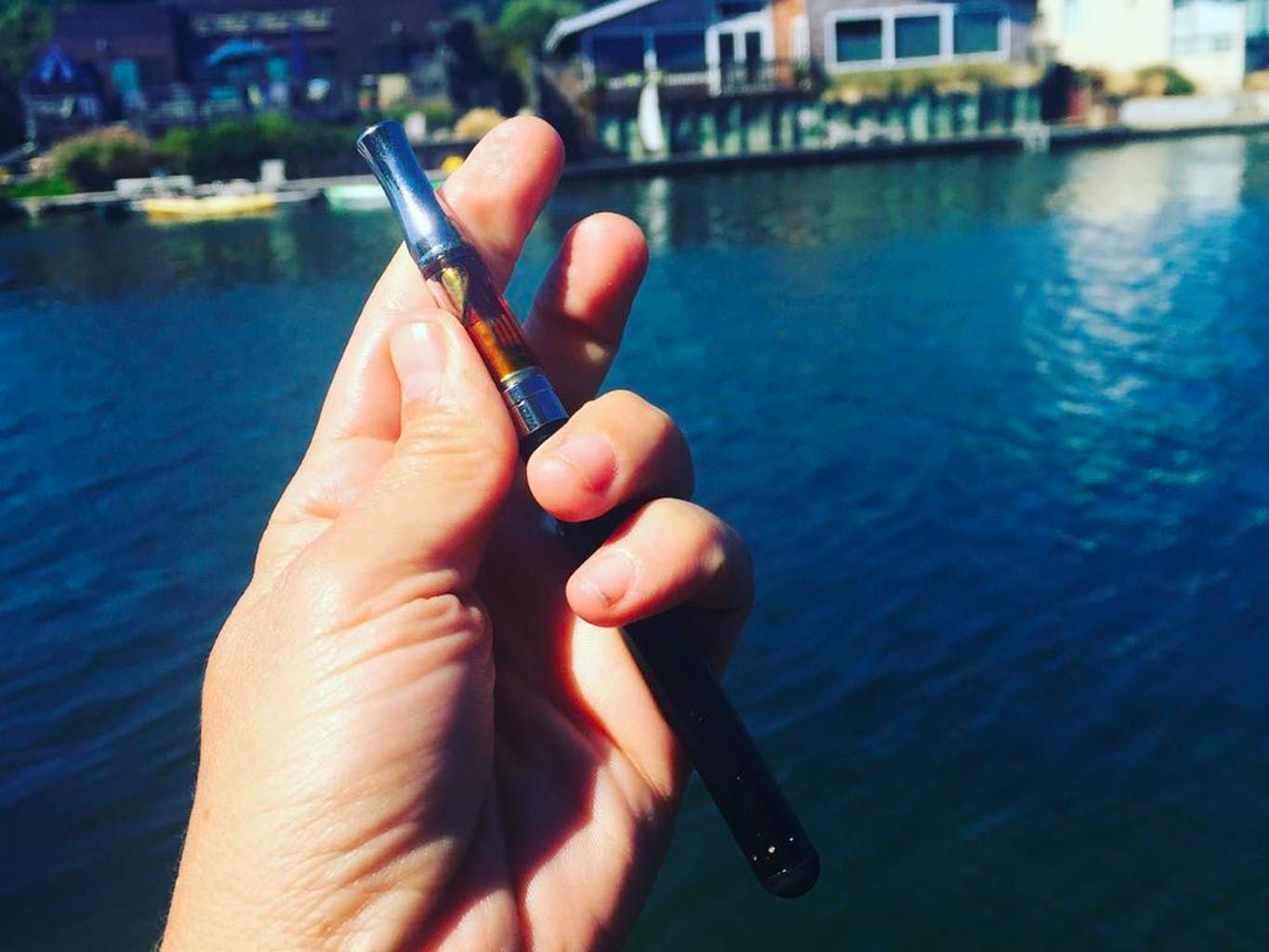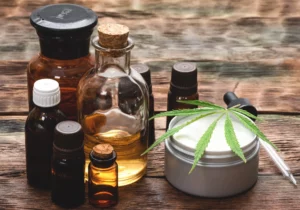In recent years, vaping has become a rising trend among both medical cannabis patients and people seeking an alternative to smoking in general. As one of New York’s approved methods of ingestion, vaping can provide quick-acting, discreet relief for a number of ailments. But where oral methods like tinctures and capsules have an established medical history dating back centuries, the vaporizer is a recently invented form of administration that patients may be unfamiliar with.
FOLLOW US ON FACEBOOK & INSTAGRAM
A Fresh Take on an Old(ish) Concept
The original idea for the vaporizer is attributed to a “smokeless non-tobacco cigarette” patent filed by Herbert Gilbert in 1963. The invention was intended as a safe form of smoking the uses heated, moist air or warm medication instead of burning tobacco and paper. But despite Gilbert’s successfully receiving the patent in 1965, his invention did not come into fruition due to smoking’s enduring popularity at the time. In 2003, inspired by his own smoking habit, pharmacist and inventor Hon Lik filed a patent for the modern electronic cigarette, in effect taking over where Gilbert’s invention left off and creating a new industry in the process.
Vaporizers work either through the placing of plant materials or extract onto a heated surface (conducive heating), or when air heated by inhalation or a fan comes into contact with the concentrate (convection heating). These heating processes extract the cannabinoids and terpenes, warming the material just enough to turn it into vapor but not enough to combust. By contrast, smoking combusts the material, resulting in potentially harmful toxins and carcinogens that the smoker also inhales.
RELATED: 5 WAYS OTHER THAN SMOKING TO CONSUME MARIJUANA
Despite the growing popularity of vaping, patients exploring medical cannabis for the first time may only be familiar with smoking. “You do not have to smoke the cannabis,” explains Anna Poulin, Manager of Physician and Patient Outreach with PharmaCannis. “In New York, the approved routes of administration of cannabis are vaping, oromucosal or sublingual administration or capsules for oral administration. Smoking as a method of administration of medical cannabis is expressly prohibited in New York State.”
Who Benefits Most from Vaping
While vaping is solidifying its place in pop culture as a smoking alternative, it is still a new technology, and therefore it can be difficult for patients to know if vaping is their best method for ingesting cannabis.
“The ideal candidates for vaping are folks who, if we’re focusing on chronic pain, have sharp shooting pains that they need instant relief from,” says Nelson Cuevas, General Manager and Head Pharmacist at PharmaCannis. This is because, as with smoking cannabis, patients can feel the effects very quickly. Adds Cuevas, “It’s a 90-second onset.”
For patients managing nausea or loss of appetite, vaping may be even more effective even the oldest known form of cannabis ingestion. “Vaping helps better than the tincture,” explains Cuevas. “For patients with nausea, anything that has any type of bitter taste or anything that they have to ingest…it helps them eventually, but they have to get past that first time drinking the medication.”
A patient who is unable to eat may have better luck inhaling from a vaporizer, allowing the effects of the cannabis to curb his or her nausea, and even make them hungry. “The quick onset of the vape triggers your appetite,” Cuevas continues, “kind of like the munchies when you’re smoking regular flower.”
Vaping also appeals to patients who need something portable in order to administer their medicine when needed throughout the day, and its resulting vapor is much more discrete than telltale cannabis smoke. It’s a versatile option that patients can easily adjust to suit their needs, even down to changing the cartridge in order to experience the effects of different strains.
“Tinctures and capsules aren’t yet strain specific like this,” Cuevas explains. “Indica is more for relaxing, the sativa will give folks energy to get through their day, and hybrid is a mix of both.” Patients understand their own circumstances better than anyone; it’s important to inform your healthcare provider of your needs around taking medicine throughout the day so that the right strain is recommended.
“If patients want pain relief and they’re still working, they don’t want to have that tired feeling, they’ll tend to get the sativa,” he says. “Others resting at home, they’ll just want to relax so they’ll get the indica.” This variety allows patients to easily swap out the strain in response to their environment and circumstances, using just one tool and a few cartridges. Cuevas agrees, “It’s very individualized, picking the right formula for themselves.”
Drawbacks to Vaping
“The only drawback is that the effects from vaping only lasts an hour or two,” says Cuevas, which may not be long enough for sufferers of chronic pain. But in the event that a patient needs something longer lasting, vaping may be a great companion for other types of administration whose effects last for several hours. “What we recommend is a two-pronged effect”, he explains. “They’ll have the tincture as a baseline so they’ll have significant relief throughout the day, but then they’ll have the breakthrough pain that’s normal for people with chronic pain, and that’s when they can use a vape.”
Another drawback is the newness of vaping itself, particularly with regard to the safety of vaping cannabis compared with smoking it. While the harmful of effects of smoking cigarettes is documented, and people understand that smoking anything can negatively affect the lungs, the long-term effects of smoking cannabis have not been clearly defined yet. Likewise, while there are many who claim that vaping is safer for the lungs than smoking, the jury is still out on how the lungs could be affected by vaping long term.
PharmaCannis offers high-THC vape oils in 3 different formulas:
- Sativa: energy, uplift
- Indica: relaxation
- Hybrid: combination relaxation and uplift
Vapes have been adopted quickly into our culture and have ushered in a new way for patients to manage their symptoms, allowing them to take their medicine discretely while also customizing its effects.
If you are new to cannabis and want to learn more, take a look at our Cannabis 101 post. HelloMD can help you get your medical marijuana recommendation; it’s 100% online, private and efficient.






